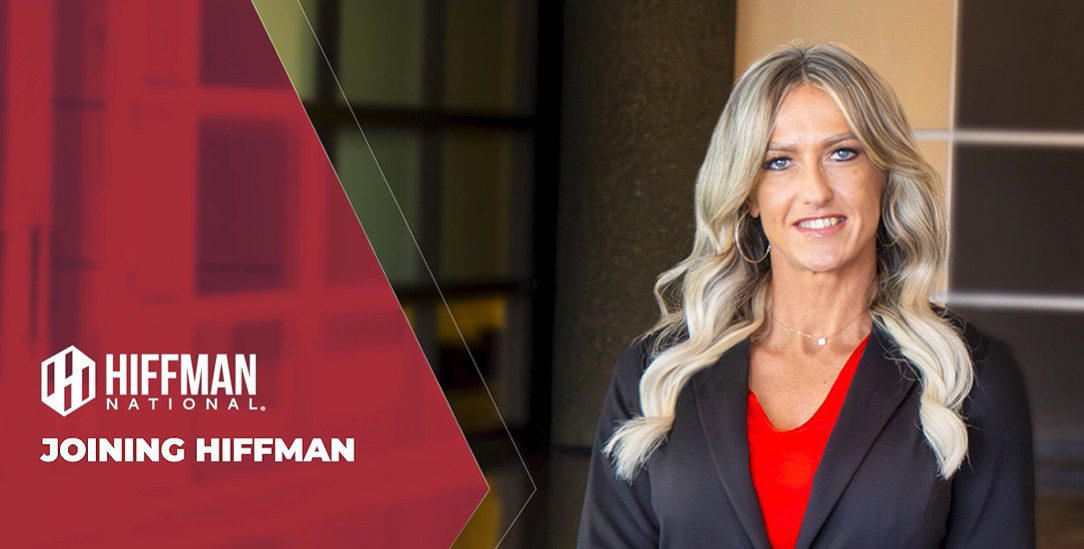November 2013
Event: AIRE Lunch, Learn & Lead

Yesterday, NAI Hiffman’s Steve Connolly, Executive Vice President with NAI Hiffman’s industrial services group, participated in an AIRE Lunch, Learn & Lead discussion called “Broker Round-Up” at The Rosewood Restaurant in Rosemont, IL. NAI Hiffman has summarized the conversation from this event below.
Panelists included:
Moderator: Tom Boyle – Principal, Newmark Knight Frank Epic
David Prioletti, SIOR – Senior Vice President, CBRE
David Friedland, SIOR – Managing Principal, Newmark Knight Frank Epic
Walter Murphy – Principal, Lee & Associates
Steve Connolly, SIOR – Executive Vice President, NAI Hiffman
12:35 p.m. – Connolly: As a broker, the business has changed dramatically over the past several years and you have to be able to differentiate yourself by knowing why a landlord will choose to do a deal, why companies are moving to a particular market and why construction trends are changing. In today’s marketplace you have to be able to show a client that you’re active in the market and are aware of the trends.
12:38 p.m. – Murphy: It’s important to be aware of every deal in the market, but rolling that transaction information out to your clients isn’t the main concern. It’s more about being able to interpret that comp and what it means in terms of trends in the industry.
12:39 p.m. – Friedland: The corporate users were the ones who first came back to the market following the downturn. As a result, I have shifted my business model towards representing tenants and providing corporate services representation. I think the broker’s role is changing every day, but I don’t see a world where the broker is completely marginalized and replaced with a computer or a website. However, efficiency has certainly increased due to technology, and going forward the more specialized a broker is, the more successful they will be.
12:45 p.m. – Connolly: A building owner doesn’t need to know about their competition anymore – they know the buildings that compete with theirs and they know the comps in the market. Now we spend more time talking to them about the process and what we will do that another firm isn’t able to do to lease or sell their building.
12:47 p.m. – Boyle: Since Chicago is a very competitive market, what advice do you have for an institution looking to invest or develop in the local market?
12:48 p.m. – Prioletti: You have to be able to make a splash and create a presence by buying a portfolio or multiple building purchase, similar to when KTR came into town.
12:49 p.m. – Friedland: My comment on that is that it’s easy for a new property owner that doesn’t know the complex Chicago market well to make a mistake. Chicago is a complex market with many different submarkets that all behave differently. This goes back to the role of the broker to educate a new institutional buyer on the market.
12:50 p.m. – Boyle: What are some trends that you are recognizing in the market right now?
12:50 p.m. – Murphy: Manufacturing is really coming back. There is such good financing available now for manufacturing companies and the rail infrastructure continues to improve. This has resulted in demand picking up and rental rates starting to increase again. We’re headed back to a fair market.
12:51 p.m. – Connolly: The 100,000 to 300,000 SF range of product has been very active in the past 12 months. Prior to that, there was a lot of supply on the market. However, taking that same market and looking at under 40,000 SF and over 400,000 SF, things have been pretty quiet, which has been surprising.
12:52 p.m. – Friedland: Core product in the I-88 Corridor is near all-time lows in terms of availability. We’re finally seeing spec returning to the market with the 604,000 SF building underway on Orchard Road, which I’m sure we were all waiting for to happen. There is a lot of demand for big-box, core types of buildings in this submarket. However, on the other hand we can’t lease 30,000 SF to save our lives. The smaller user has not returned to the market.
12:53 p.m. – Prioletti: I will say that vacancy rates in the I-88 Corridor are some of the lowest I’ve ever seen them. That bodes well for the class “A” buildings in the market, and it also bodes well for the class “B” and “C” buildings. There is a lot of demand for quality space in that submarket right now and the few spaces that are vacant continue to fill up. We’re seeing construction activity in both O’Hare and the I-55 Corridor, with investors breaking ground on new spec buildings, although conditions in those submarkets aren’t quite as strong as they are in the I-88 Corridor.
12:56 p.m. – Connolly: There’s a lot of construction activity also going on in McCook with two build-to-suit buildings underway and construction on a couple spec buildings about to start. On a land basis, McCook is much more expensive than other submarkets in the collar counties, but the location is labor-driven and customer-driven so these companies can be closer to the city.
1:00 p.m. – Murphy: Everyone is moving back to the city, especially among the younger generation. I can’t tell you how many manufacturing plants that I’m working with who are saying they need to get out of the south suburbs and move closer into the city so they can be closer to a younger workforce.
1:02 p.m. – Friedland: In the perimeter counties including the far west, north and south suburbs, the lack of velocity is more apparent among the smaller-sized users. As you get closer into the city, you’ll see the velocity pick up and vacancy rates drop. I believe a lot of these smaller users are still sitting on the sidelines trying to figure out what they want to do, while the larger users have been active.
1:03 p.m. – Connolly: I would say the I-80 market is lagging right now. We recently did a search for a client for spaces over 400,000 SF, and the same eight buildings are available today that were available in March, suggesting few large deals have been completed in that submarket. Ten years ago, anytime you would hear about a million SF deal being completed, you would immediately think of the I-80 Corridor. Now Amazon will be building a million SF building in Southeast Wisconsin, suggesting that the I-80 market doesn’t have the draw it once had.
1:05 p.m. – Boyle: On that note, one trend today is companies moving to Wisconsin and Northwest Indiana to escape the Illinois politics and to secure lower land and labor prices. Governor Walker has even mentioned that it’s on his docket to eliminate the state income tax. Is everyone talking about this trend?
1:06 p.m. – Murphy: While the labor force in Indiana may not be what it is in Illinois, there are so many incentives in Indiana that you can’t ignore it. If I was an investor, I would be looking in Northwest Indiana or the south side of the city. There is little inventory and much of it is functionally obsolete, so I would suggest tearing it down and building something new.
1:08 p.m. – Friedland: On the other hand, I haven’t had a single client of mine talk about moving out of Illinois to Indiana or Wisconsin. For my clients, the conversation has been about freight optimization and staying close to infrastructure they already have in place, the topic of moving across the border hasn’t been an option.
1:09 p.m. – Connolly: If you look at the largest deals of the past year to 18 months, these companies are simply not going to drop that many employees or their local customers to move across the border and save a few bucks.
Also mentioned in RE Journals


